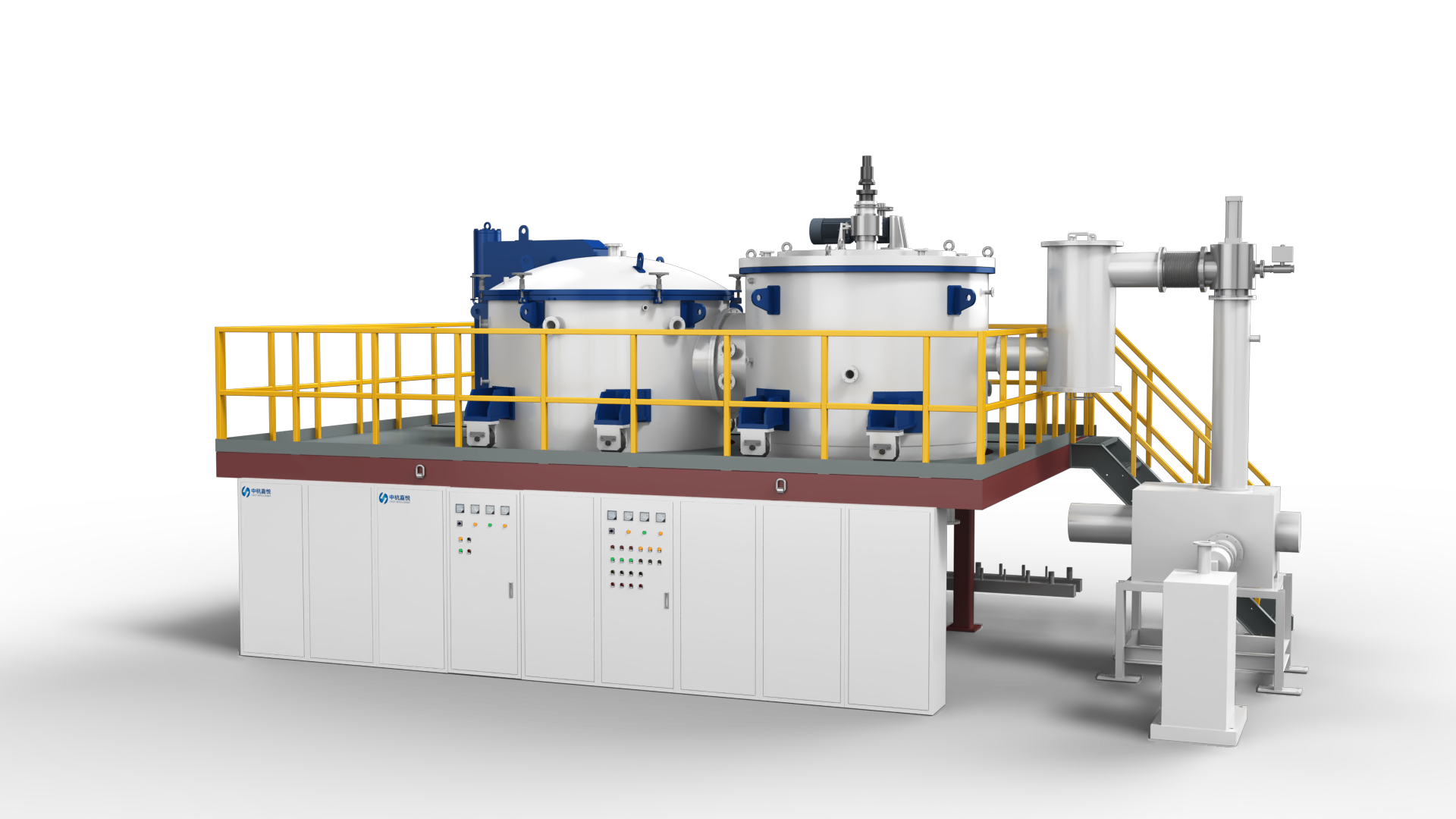An anode furnace is a crucial piece of equipment used in the metallurgical industry, particularly in the production of non-ferrous metals such as aluminum and copper. An anode furnace is designed to facilitate the extraction and purification of metals from their ores or concentrates through a controlled process. This article explores the working principles of an anode furnace, its operation, and its role in metal processing.

An anode furnace, also known as a refining furnace, is primarily used to refine metal ores and concentrates. Its main function is to produce high-purity metal anodes, which are then used in the electrorefining process to obtain even higher-purity metal products. The anode preparation machine operates by using heat and chemical reactions to separate impurities from the metal, resulting in a refined product.
1. Charging the Furnace:
Preparation: The anode furnace is charged with a mixture of metal concentrates, ores, or scrap material. This mixture typically includes metal oxides or sulfides along with fluxes and additives that help in the refining process.
Additives: Fluxes are added to the charge to facilitate the formation of slag, which helps in removing impurities from the molten metal. Common fluxes include lime, silica, and various other compounds.
2. Heating and Melting:
Heating Source: The anode furnace is heated using electrical energy, gas burners, or other heat sources. The choice of heating method depends on the type of metal being processed and the anode furnace design.
Melting: The heating process raises the temperature of the anode furnace to the point where the metal charge melts. The anode furnace temperature needs to be carefully controlled to ensure that the metal melts completely and that the desired chemical reactions occur.
3. Chemical Reactions and Refining:
Reduction Reactions: In the anode furnace, reduction reactions occur where metal oxides or sulfides are converted into molten metal. For example, in the production of copper, copper sulfide is reduced to produce molten copper and sulfur dioxide gas.
Slag Formation: The fluxes added to the charge react with impurities and form a slag. This slag floats on top of the molten metal and is removed periodically. It contains the unwanted impurities and helps in purifying the molten metal.
Purification: The process removes various impurities, including sulfur, arsenic, and other elements that can affect the quality of the final product. The refining process aims to achieve a high level of purity in the molten metal.
4. Tapping and Casting:
Tapping: Once the refining process is complete, the purified molten metal is tapped from the anode furnace. The tapping process involves pouring the molten metal into a ladle or other receptacle, which is then used to transfer the metal to the casting section.
Casting: The molten metal is cast into molds to form anodes. These anodes are then used in the electrorefining process to produce high-purity metal. The casting process must be carefully controlled to ensure the anodes have the correct shape and size for subsequent processing.
5. Cooling and Solidification:
Cooling: After casting, the metal anodes are allowed to cool and solidify. The cooling process of the anode preparation machine must be controlled to avoid defects such as cracking or distortion in the anodes.
Inspection: Once solidified, the anodes are inspected for quality and consistency. Any defects or irregularities are addressed before the anodes are used in the electrorefining process.
Anode furnaces are used in various metallurgical applications, including:
Copper Production: In copper metallurgy, anode furnaces are used to refine copper concentrates and produce copper anodes, which are then subjected to electrorefining to produce high-purity copper.
Aluminum Production: For aluminum production, anode furnaces refine aluminum ores and produce anodes for use in the electrolysis process, where aluminum is extracted from its ore.
The anode furnace is a vital piece of equipment in the metallurgical industry, playing a crucial role in the refining and production of high-purity metals. The working principles of anode furnace involve heating, melting, chemical reactions, and purification processes to produce refined metal anodes. Understanding the operation of an anode furnace helps in appreciating its importance in producing high-quality metal products used in various industrial applications.


